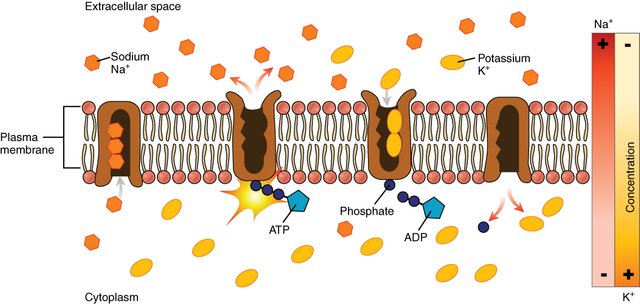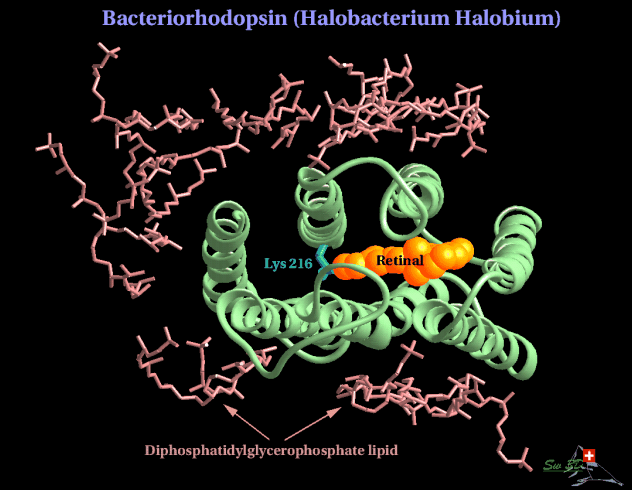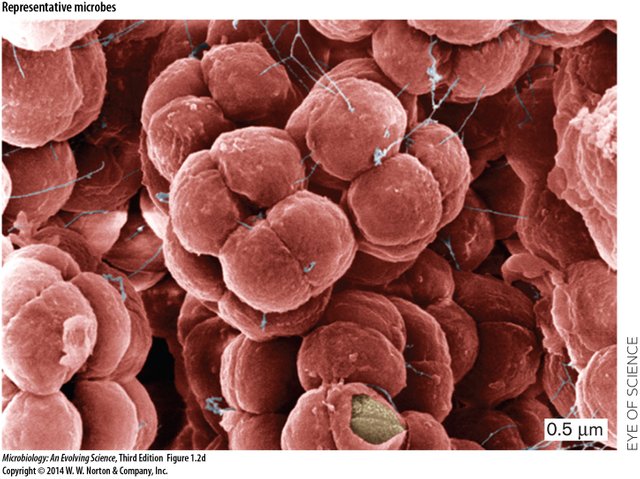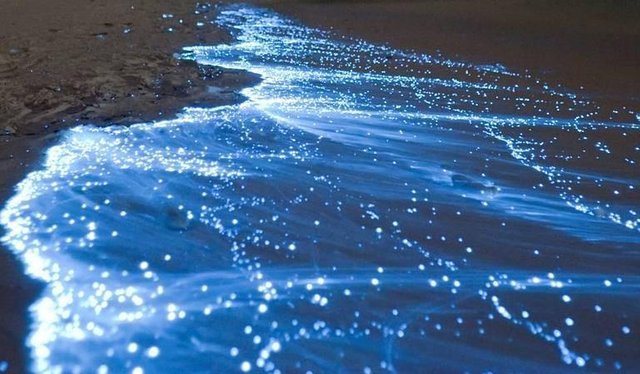Microbial World #7 Halocin: Bacteriocin from Halobacteria
The nature's own creation of self defense "Halocin"
Hey Steemians,
Today let’s just talk about antimicrobial agents which are produced by microbes which hinders the growth of other microbes, to remain in an upper hand situation in this competitive world. So today I will talk about Halocin- Halocin are group of Bacteriocin which are produced by halophilic Archaea (thrives in high salt condition).
So what are Bacteriocins?? They are proteinaceous toxins produced bacteria to inhibit the growth of other closely related bacterial strains. It was discovered by Andre Gratia in 1925. Bacteriocins are produced by both Gram positive and Gram negative bacteria and they are classified on the basis of various criteria like method of killing, size of peptide, origin of bacteria (chromosomal or plasmid), method of production (Wikipedia).
However Halocin differs from other Bacteriocin as they are broad spectrum in nature and generally Bacteriocin are active only against close relative strains (O'Connor EM, Shand RF. Halocins and sulfolobicins: the emerging story of archaeal protein and peptide antibiotics).Halocin require high salt concentration to maintain its activity.
Haloferax mediterranei M2a produces Halocin H1 Source
Action mechanism of Bacteriocins is less explored. In a work of Rodriguez Valera from Universidada de Alicante from Spain in 1986 have shown that Halocin H4 activity on Halobacterium halobium. It induced deformation in the target cell. It showed less effect on inhibiting macromolecule synthesis, inhibitor of cell wall synthesis and cytoplasmic alterations. The major effect was on sodium ion and hydrogen ion antiporter channels (1).

In 1994 Tetsuya Konishi group has shown in their work the inhibition activity of Halocin on Halobacteria by inhibiting the Na+/H+ antiporter. H6 binds firmly to the whole cells and vesicles of Halobacterium halobium and inhibits the light induced sodium ion outflow and also slowed the movement of hydrogen ion (2).
The Halocin are useful in industry to stop the growth of other microbes. In leather industry chemical agents are used to stop growth of many halophilic microbes as they may grow in due to high salt concentration which is used for hide preservation. So in place of using chemical agents Halocin can be used to inhibit the growth of halophiles (3).

Along with industrial use it has been also shown that it can be used in human medicines. Soria group from Instituto de Biomedica in 2006 has shown that Halocin H6 from Haloferax gibbonsii can be used as inhibitor of Na+/H+ exchanger in mammalian cells. The property of Halocin of acting on ion channel is used to treat injured myocardium. The properties of H6 (a) easy metabolized (b) works at high salt and high temperature (c) active even in presence of trypsin (d) effective even at low concentration makes it suitable for human use and treatment of ischemia and reperfusion (4).
Although many properties of these Halocin are still to be explored and other Bacteriocin from Halophilic Archaea.
References
https://en.wikipedia.org/wiki/Bacteriocin
Connor et. al., 2002 Halocins and sulfolobicins: the emerging story of archaeal protein and peptide antibiotics. 28(1); 23-31
Meseguer et. al., 1995 Specific inhibition of the halobacterial Na+/H+ antiporter by halocin H6. 270(12); 6450-6455
Birbir et. al., 2005 Prevention of halobacterial damage on hide caused by lipolytic halophilic archaea with halocins.
Leguerica et. al., 2006 A halocin acting on Na+/H+ exchanger of haloarchaea as a new type of inhibitor in NHE of mammals. 62(4); 253-262
Previous articles on Microbial World
The World of Un-culturable Bacteria
Sea Surfers are more prone to Antibiotic ResistanceMicrobial World #3 Predatory Bacteria: Class of new Antibiotics
Microbial World #4 Neurotoxins in your gut
Microbial World #5 Rise of Superbugs
Microbial World #6 Bioluminescent Bacteria
Hope you have found this article inrteresting. If you do please upvote and resteem
Happy Reading :)
Vinamra



I wouldn't like to offend your good job in this post, but I would like to offer some friendly advice considering image credits:
You can also have a look at this post for more details: https://steemit.com/steemstem/@steemstem/guidelines-on-copyright-standards-in-steemstem
Thank you for your consideration! :D
Thankyou @ruth-girl, will try to follow all points in my next posts.
Actually, these are the coloured images of Scanning Electron Microscopy images of Halobacter sp. and I could not find the actual one on other websites.
Well, thanks for the suggestion, will try to follow all the rules.
@vinamra : One more thing which is related. In case you want images like cartoon representation of bacteriorhodopsin or other biomolecules etc you request in this community here . There is one another solution. Install software like VMD or pymol etc. Load the PDB file of respective biomolecule and visualize it and create your images. If those images are not available online.
Thanks dev for your reply, will try to make my own chemical structures....
I know how difficult it is to get images, especially with topics like yours. I get frustrated when I can't find pics for my posts too.
Thank you for the kind reply and have a nice day! :)